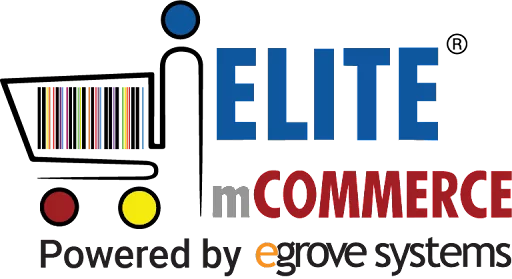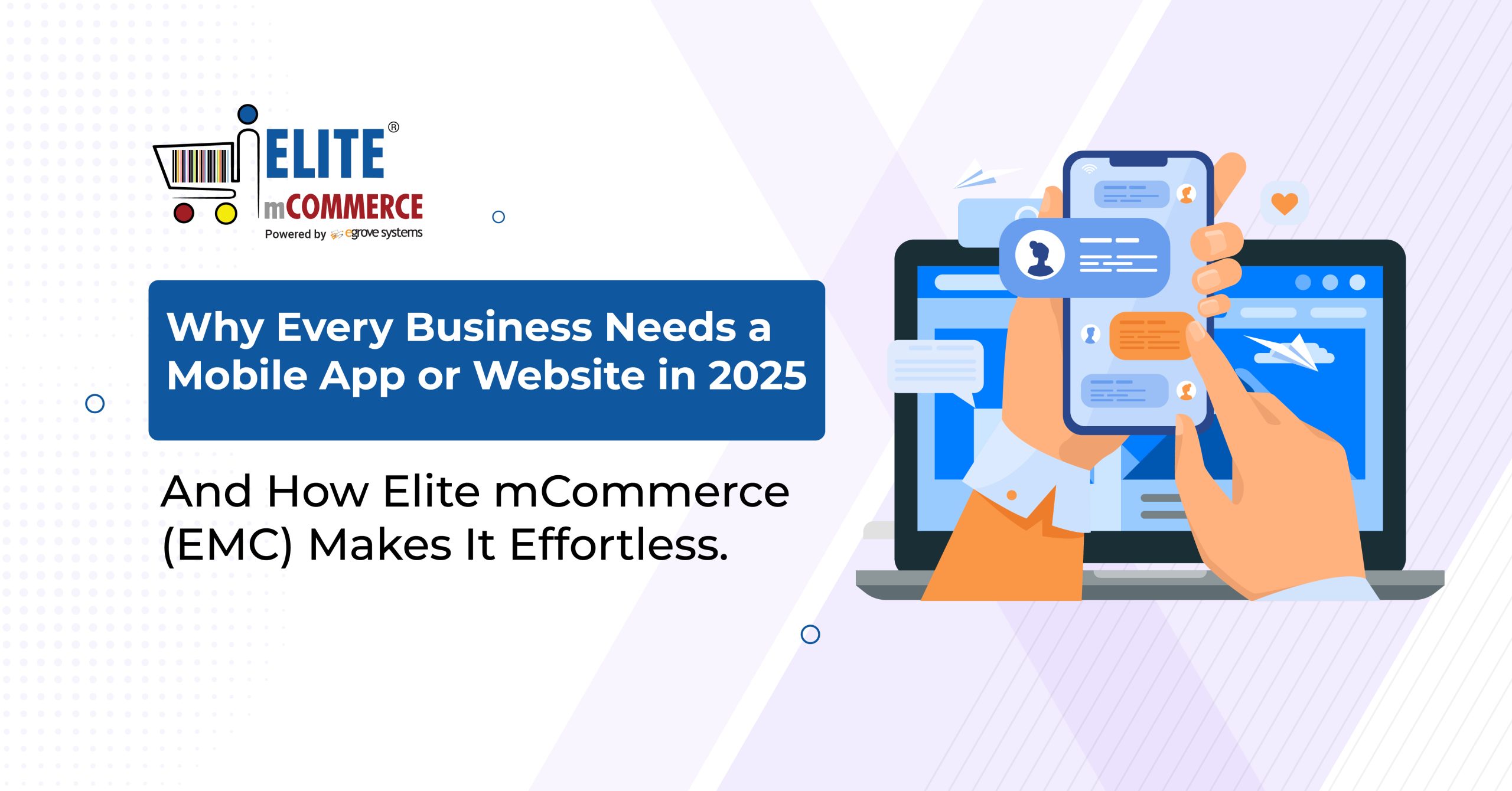Mobile technology has transformed our lives. A few decades, nobody would have imagined in their wildest dreams that a rectangular box would become an inalienable entity to humans, dictating almost every second of our daily routine. In fact, a UCL study has found that people around the globe feel the same about their mobile ‘devices’ as they do about their homes. However, the ‘homes’ are not simply a place of respite. Smartphones, in fact, are an abyss where work, social interactions, shopping, health, interpersonal relationships, etc., amalgamate. One of the most dramatic influences of mobile technology has been the rise of mobile commerce or M-commerce. What is it? And how are digital payments changing M-commerce? Let us find out!
What is M-commerce?
In simple words, M-commerce can be defined as the process of shopping online via a mobile device, usually a smartphone. It essentially implies the trajectory of carrying hundreds of thousands of retail shops in your pocket. M-commerce is a subset of the broader phenomenon – eCommerce – that entails online selling or buying, typically through a computer. The term M-commerce was first coined back in 1997 by Kevin Duffy. However, since then, a lot has changed as humans, and mobile technology has become truly inseparable.
It would not be erroneous to opine that M-commerce is well on its way to bursting into the mainstream, thanks to various technological advancements such as faster and secure digital payments. Surprisingly or unsurprisingly, M-commerce now accounts for 73 percent of the global eCommerce market share, a huge jump from just 59 percent in 2017. In addition, in the second half of 2022, 79 percent of mobile phone users made online purchases using their mobile devices. Thus, M-commerce’s infallible significance and scope do not need any future iteration. M-commerce takes the assistance of eCommerce and WAP (wireless technology) to facilitate the sales of goods, provide services, execute payments and other financial transactions, exchange information, and so forth.
Types of M-commerce
M-commerce is typically classified into three categories –
- Mobile Shopping
Many people interchange M-commerce with mobile shopping. However, the latter is just a part of M-commerce. As the name suggests, mobile shopping involves buying and selling goods and services via mobile devices. Whether shopping from an Etsy shop or subscribing to Amazon prime on mobile, both are examples of M-commerce.
- Mobile Banking
A veritable aspect of M-commerce is mobile banking. Long gone are the days when financial transactions could only be facilitated by ATMs or queueing at the banks. Nowadays, almost every renowned banking institution offers mobile phone banking worldwide, where users can pay their bills, transfer money and execute varying financial transactions with a few taps on the screens.
- Mobile Payments and Digital Wallets
Lastly, QR codes and NFC are on their way to replacing physical cash with ‘digital money.’ For example, digital wallets like Google Pay and Apple Pay have taken off in Western countries. At the same time, others like India have built the indigenous BHIM UPI. Similarly, China’s mobile payment market is dominated by Alipay and WeChat.
Now that we know the basics of M-commerce, it is time to evaluate how digital payments and wallets affect M-commerce.
Impact of Digital Wallets on M-commerce
Cash is no longer the king, as digital payments are here to dominate. For instance, digital or mobile wallets accounted for 25.7 percent of the total POS spending in 2020. Needless to say, they have veritably transformed the M-commerce landscape. The fact that humans are inseparable from phones did not go unnoticed by bankers and financial institutions. Thus, banking apps began propping up. They allow transactions to occur on the mobile screen. As more and more people began adopting digital payments, M-commerce stores incorporated the same in their checkout methods. Consumers are now using Apple Pay, Google Pay, or Bhim UPI to check out from a mobile retail site or application. Digital payments and mobile wallets are quick, safe, secure, and incredibly hassle-free.
In addition, COVID-19 pushed digital payments to the mainstream, as the ‘social distancing’ norms convinced people to opt for a no-contact mode of payment. Thus, they have become the one-stop shop for M-commerce checkout. For example, digital wallets dominate eCommerce (including M-commerce), accounting for 44.5 percent of the spending. The number is projected to grow to 51.7 percent by 2024. In addition, innovations like Apple Watch are further facilitating mobile wallet payments. As per Statista, mobile payment volume is growing at a rate of 62 percent per annum. Such magnanimous growth will affect every aspect of human life. However, M-commerce is likely to be most positively influenced. Besides digital payment, the only other transaction method projected to grow is the buy now, pay later phenomenon. It is expected to double from 2.1 percent to 4.2 percent of eCommerce (which includes M-commerce) by 2024.
Wrapping It Up
So, there we have it, a crisp overview of M-commerce and the way digital payments influence it. For an online retailer to stay afloat and survive in 2023, adapting to M-commerce and digital payments trends is pivotal. As M-commerce seeps into the crevices of humans’ shopping psyche, a mobile-oriented and simplified checkout payment was bound to dominate. The COVID-19 pandemic galvanized the phenomenon. Finally, here we are, in 2023, when digital wallets and payment methods dominate eCommerce/Mcommerce spending.









Add comment